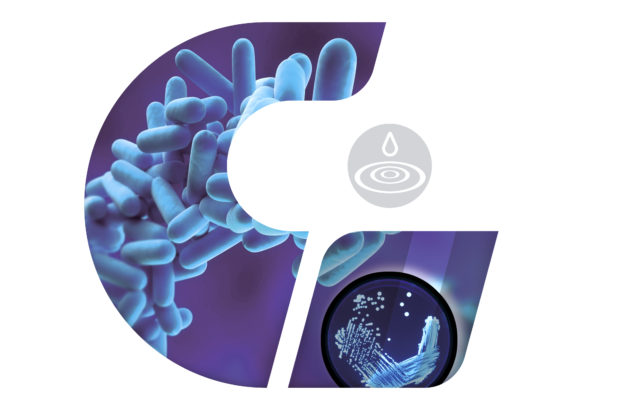
Service of prevention and control of legionella in sanitary water.
“Guidelines for the prevention and control of Legionnaires” approved by the Permanent Conference for relations between the State, the Regions and the Autonomous Provinces of Trento and Bolzano on 7/5/2015 (79/CSR), aggregate in a single text, updating and replacing them in full, all the indications given in the previous national guidelines and regulations.
The Legionellaceae family consists of a single genus: Legionella spp. The number of species and serogroups continues to grow and to date 50 species are known for a total of over 70 serogroups. Less than half of these have been associated with human infections. Among all the known species, the most important is Legionella pneumophila, dominant in human pathology, which alone is responsible for 90% of diagnosed cases of pneumonia (among these, 79% of cases of disease are caused by L. pneumophila serogroup 1) Legionellosis is normally acquired via the respiratory route through inhalation, aspiration or micro aspiration of aerosols containing Legionella, or of particles derived by drying.

Droplets can be formed either by spraying the water or by bubbling air into it, or by impact on solid surfaces. The danger of these water particles is inversely proportional to their size. Drops smaller than 5μ in diameter reach the lower respiratory tract more easily.
Cases of wound-acquired legionellosis have also been reported in the literature (Brabender et al., 1983; Lowry et al., 1991; Lowry and Tompkins, 1993). Human to human transmission of the disease has never been demonstrated.
G-WA Offers the Following Services: Analytical Monitoring
A monitoring that according to the new L.G. must be carried out before any disinfection or preventive practice is implemented (cleaning and / or disinfection with any method) or at a distance of a reasonable time from its execution (ref. after about 48 hours from the implementation of the post intervention system). By means of specialized technicians and an ACCREDIA accredited analysis laboratory (National Accreditation System of Test Laboratories), the Body certifies that the laboratory operates in compliance with the UNI CEI EN ISO / IEC 17025 standard.

Drafting of the Risk Assessment Document
The Risk Assessment is a survey that identifies the specificities of the structure and the plants exercised in it, for which conditions can be created that link the actual or potential presence of Legionella in the plants to the possibility of contracting the infection. For effective prevention of
Legionella risk, the new L.G. obliges the manager of the facility to carry out an assessment of the risk of legionnaires’ disease (biennial, preferably annually), or the risk that one or more cases of disease may occur in the facility.
A correct risk assessment must start from an inspection of the plants at risk, supported, if available, by the updated plant layouts.
This inspection analysis must be aimed at identifying the critical points of each plant at risk, in consideration of the operating and maintenance conditions that characterize it.

Chemical conditioning of sanitary water circuits
Chemical treatment of water is necessary in order to prevent fouling, corrosion, bacterial growth and anything else that may cause problems on plants in contact with water. Besides that, in order to preserve the integrity of the plants, this treatment is useful to limit and prevent bacterial proliferation; Among the many microorganisms that would find in the water circuits a favorable environment for growth and development we remember the Legionella spp, known for its danger to humans.


